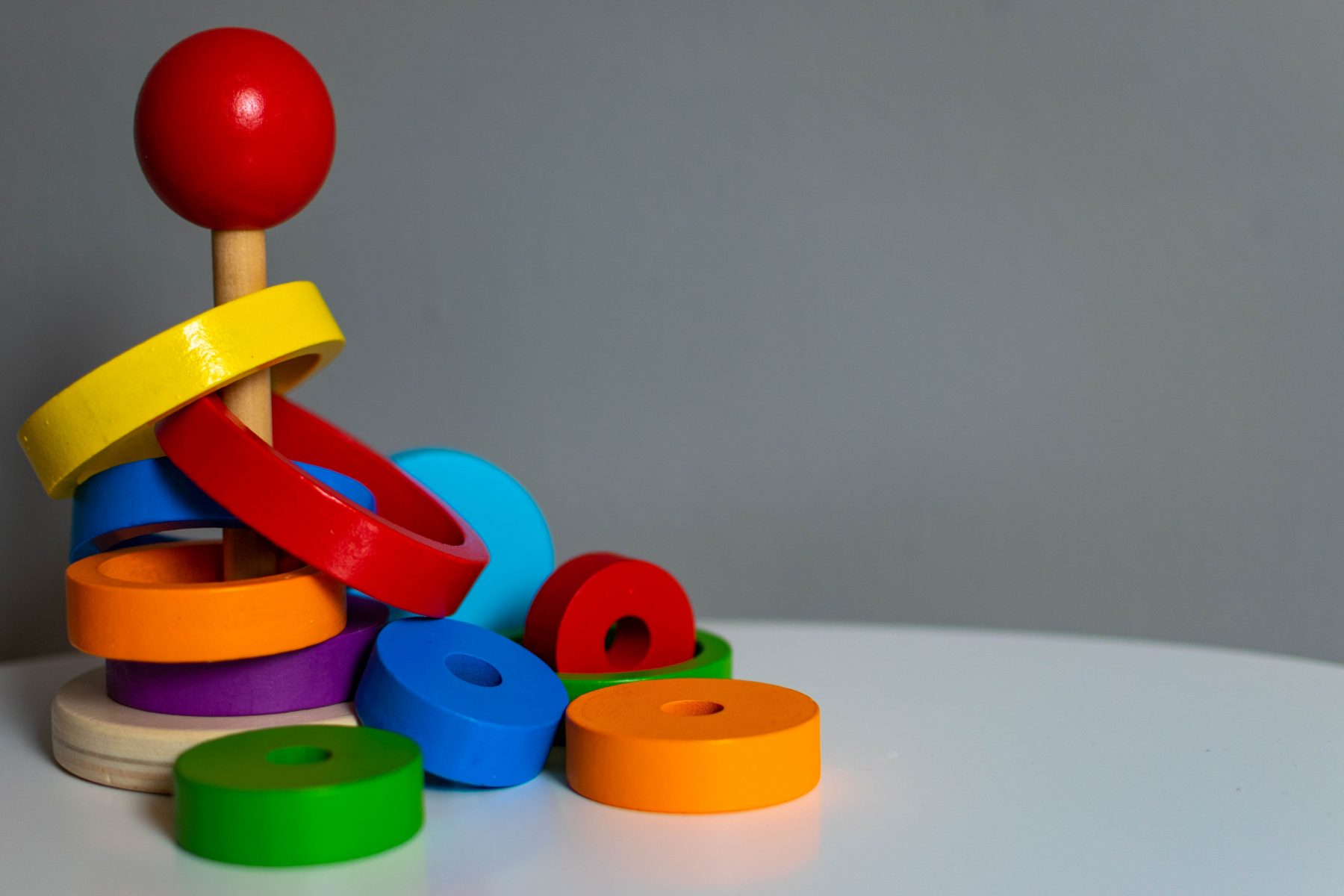Maintaining belonging while working with big feelings and challenging behaviours

For many early childhood education and care (ECEC) professionals, the most common request for assistance, guidance and support is around working with children who are experiencing behaviours which challenge them.
Aggression, anger, frustration, biting, crying, throwing toys or objects, having loud outbursts, or simply experiencing big feelings are all too often common encounters for educators, leaving some wondering how best they can assist children to work through those feelings while maintaining their own safety, and the safety of those around them.
In this piece The Sector explores some ways in which behaviour is commonly expressed by children, some ideas about what educators might do when a child appears unable to regulate their emotions, and some suggestions about how to minimise the likelihood of challenging behaviour continuing.
The advice below is based on information previously shared by an inclusive practices consultant, Troy Dunn, which may be accessed here.
Typical behaviours
An important consideration when exploring aggressive behaviour in children is that all behaviour is communication. When children are displaying aggressive behaviour, they are communicating a need.
It may be that they need support to manage a challenging situation with a peer, need guidance to work through their emotion of anger or frustration, or have internalised that this type of behaviour, such as using swear words, results in an action, or attention, from those around them.
Understanding the need behind the communication can support educators to identify the best next steps in order to help children meet the need.
Behaviours typical of aggressive outbursts include:
- Yelling
- Other vocal outbursts
- Throwing objects
- Hitting, kicking, biting or pushing
When children have emergent language, as is common in the toddler age group, they may use more of these behaviours to communicate an unmet need.
“At this age they’re yet to develop the self-regulation skills to make these connections in more socially appropriate ways and it may be that an outburst is a strategy that works for them,” Mr Dunn explained.
What to do when children seem unable to self regulate
In the midst of the ‘storm’ of unregulated behaviour, it can be tempting for educators to intervene and ‘shut it down,’ however this may not be the right approach, Mr Dunn believes.
“We often try to do too much when a child is in the middle of an outburst, when in reality doing less is usually more effective,” he said.
When the child is in the midst of an aggressive moment, or experiencing big feelings, while it can be tempting to use that moment to intentionally teach a different pathway, the child is in ‘fight or flight’ mode, and as such has limited capacity to understand the ‘lesson’ or process instructions.
Instead, he continued, the four things for educators, parents and caregivers to consider in those moments are:
- Minimise your role in it. “This is partly to ensure your reaction is kept simple, and partly to reduce an audience which can sometimes fuel or prolong the outburst.”
- Remain emotionally neutral. “This can be challenging as it’s really hard to remain calm when you’re trying to protect or when you feel like you’ve lost control of a situation.”
- Minimise the language you use and keep your instructions very clear and simple. You might direct the child to a safer place, or calmly reassure them.
- Do what you can to ensure everyone is safe. Sometimes it’s easier to remove other children from the area than it is to interrupt a child in the middle of an outburst to move them.
Minimising future occurrences
Preventing these types of “outbursts” is unrealistic with young children and will remain so until they’ve fully developed their emotional regulation skills, which may not be until the age of seven or eight, Mr Dunn said.
There are, however, some things educators and parents can do to minimise the chances of children becoming upset, overwhelmed, anxious, angry or frustrated.
Firstly, recognising that triggers for these events are often familiar and consistent, and as such, identifying what the triggers are, and how they relate to the needs of the child in that moment is a crucial first step in supporting children.
“I would start to look at whether there is a safety need that’s not being met – is there anything that’s made the child feel unsafe? If there is, then our job is to make the child feel safe before we talk to them about the situation,” Mr Dunn explained.
“Other triggers could include spaces being too crowded or noisy, or not having enough toys or equipment for them to use.”
“Young children are very ego-centric and expecting them to happily share is unrealistic, so we either need to manage the amount of resources available or the times when they’re available.”
Once the storm has passed, there is opportunity for working with the child to teach better strategies to cope with people and situations, and to re-establish the relationship.
“When the behaviour has settled down, it’s really important to reconnect with the child to show them you’re not only there when there’s something big happening, but that you care and want to repair the relationship with them,” he added.
For more advice about working with children who are experiencing big feelings, please see here.
Popular

Workforce
Quality
Research
When did it start to go wrong?
2025-12-18 08:00:46
by Fiona Alston

Quality
Practice
Research
Small ways to teach babies and toddlers body safety and consent in early learning
2025-12-15 08:00:40
by Fiona Alston

Quality
Research
Food safety in early learning centres: Protecting children through better practices
2025-12-15 07:45:24
by Contributed Content
















